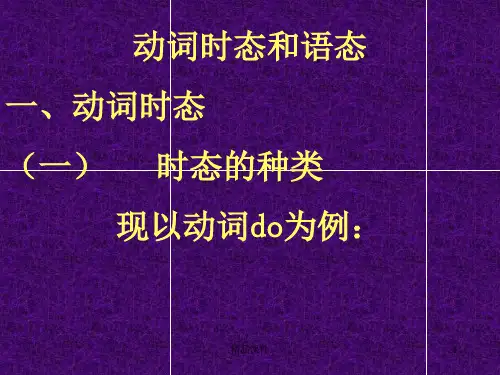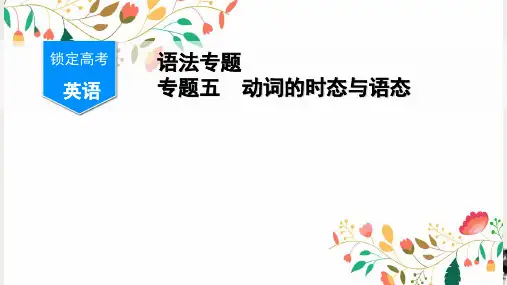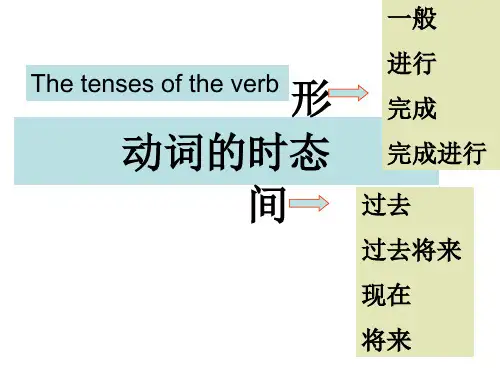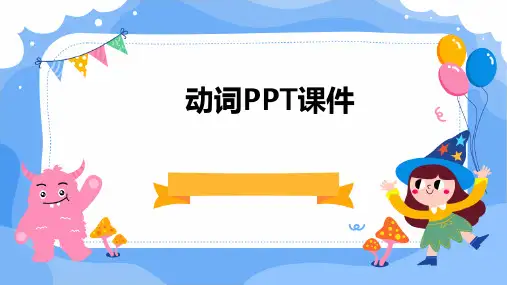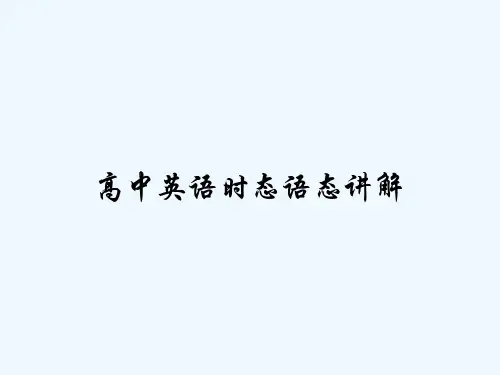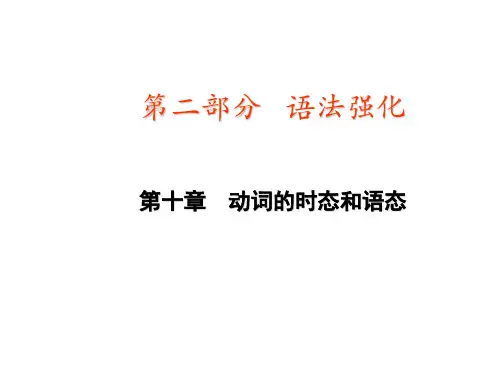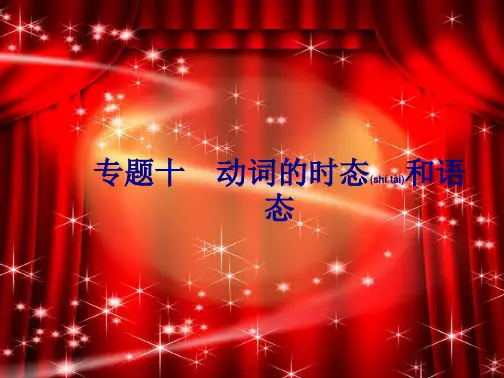He looks upset. Do you know why? 他看起来很沮丧。你知道原因吗?
2. 表示客观存在及普遍真理。
综合演练
3. 表示现在经常和习惯性发生的动作,常与 sometimes, often, usually, always, every...等时间状语连用。 4. 一般现在时表将来的动作 (1)在由 when, after, before, as, as soon as, although, if, even if, in case, till, until, unless, as long as, where, whatever, wherever 等引导的时间、条件或让 步状语从句中常用一般现在时表将来。
I haven't eaten anything since breakfast. 我从早餐后到现在一直没有吃东西。
综合演练
3. 现在完成时用于固定句型中 (1)It/This/That is+the first/second/...time that+现在完成时. (2)This/That/It is the+形容词最高级+名词(+that)+现在完成时.
He has died for two years.(错误) He has been dead for two years.(正确)
综合演练
(2)现在完成时与一般过去时的区别 现在完成时强调过去的动作对现在的影响和结果;一般过去时只是对过去 动作的叙述,与现在没有关系。
He hasn't turned off the light yet. 他还没有关灯。(灯还亮着)
I have been calling him many times this morning, but there's no answer. 今天早晨我给他打了很多电话,但是没人接。
